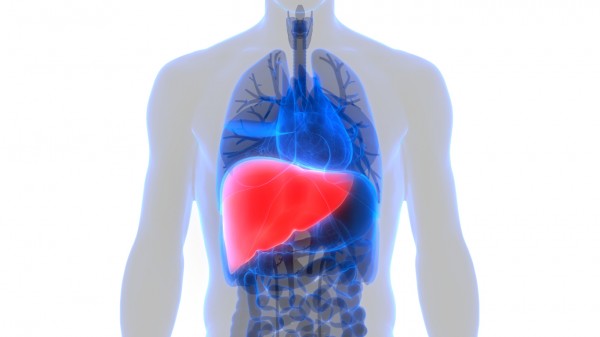MD Anderson Harnessing AI and NVIDIA to Build More Predictive Models
 The University of Texas MD Anderson Cancer Center has a new focus on data governance and dozens of researchers pursuing AI-accelerated oncology projects to improve patient care. This data governance strategy will influence the way hospital data is collected and used for insight generation, and enable findability, accessibility, interoperability and reusability of the data.
The University of Texas MD Anderson Cancer Center has a new focus on data governance and dozens of researchers pursuing AI-accelerated oncology projects to improve patient care. This data governance strategy will influence the way hospital data is collected and used for insight generation, and enable findability, accessibility, interoperability and reusability of the data.
By building a pipeline that collects the high-quality data researchers need, stores it securely and tracks how it’s being used, MD Anderson aims to better support projects to help clinicians analyze radiology data, deliver cancer treatment and predict complications like sepsis.
Many of these projects are already underway, accelerated by the speed of new GPU-powered technologies, such as NVIDIA DGX systems. New investments coming online at MD Anderson will give researchers access to thousands of additional GPU cores to support AI projects across the institution.
“We are focusing on the data in context, ensuring we have a coordinated metadata supply chain to address the current challenges in making AI models translate to impact in the clinic,” said Dr. Caroline Chung, who was recently appointed MD Anderson’s first chief data officer. “To build better and more robust predictive models, we need a coordinated strategy that covers every step from data generation to the clinical use of machine learning insights.”
Adds Dr. Chung, The more data we can capture with contextual information, the more complex questions we can ask and the greater potential we have to use machine learning insights to help our clinicians improve their interactions with patients to guide the data-driven treatment decisions with the best patient outcomes aligned with the goals of care.”
By adopting an AI model that uses advances in GPU technologies, MD Anderson oncologists have improved the quality of contours for brachytherapy treatment planning and treatment quality assessment, said Dr. Jeremiah Sanders, a medical imaging physics fellow at MD Anderson who’s developing translational AI in MD Anderson radiation oncologist Dr. Steven Frank’s lab.
Sanders and Frank are also working on a model for use after a brachytherapy procedure — an AI application that analyzes MRI studies of the prostate to determine the quality of the radiation delivery. Insights from this model can help clinicians determine if additional treatment is needed and how to manage patients after their treatments.
Dr. Kristy Brock, professor of Imaging Physics and Radiation Physics at MD Anderson, is working on an anomaly detection project to determine the cases where an AI model that contours liver tumors from CT scans fails — such as unusual images where a patient has a stent in the liver or fluid around the organ.
By identifying these rare failures, researchers can introduce additional training examples that are similar to cases the neural network previously stumbled on. This continuous training method selectively bolsters training data to improve model performance more efficiently.
“We don’t want to keep collecting data that looks the same as our first 150 scans,” Brock said. “We want to identify cases that will increase the variability of our sample dataset, which in turn boosts the model’s accuracy and generalizability.”